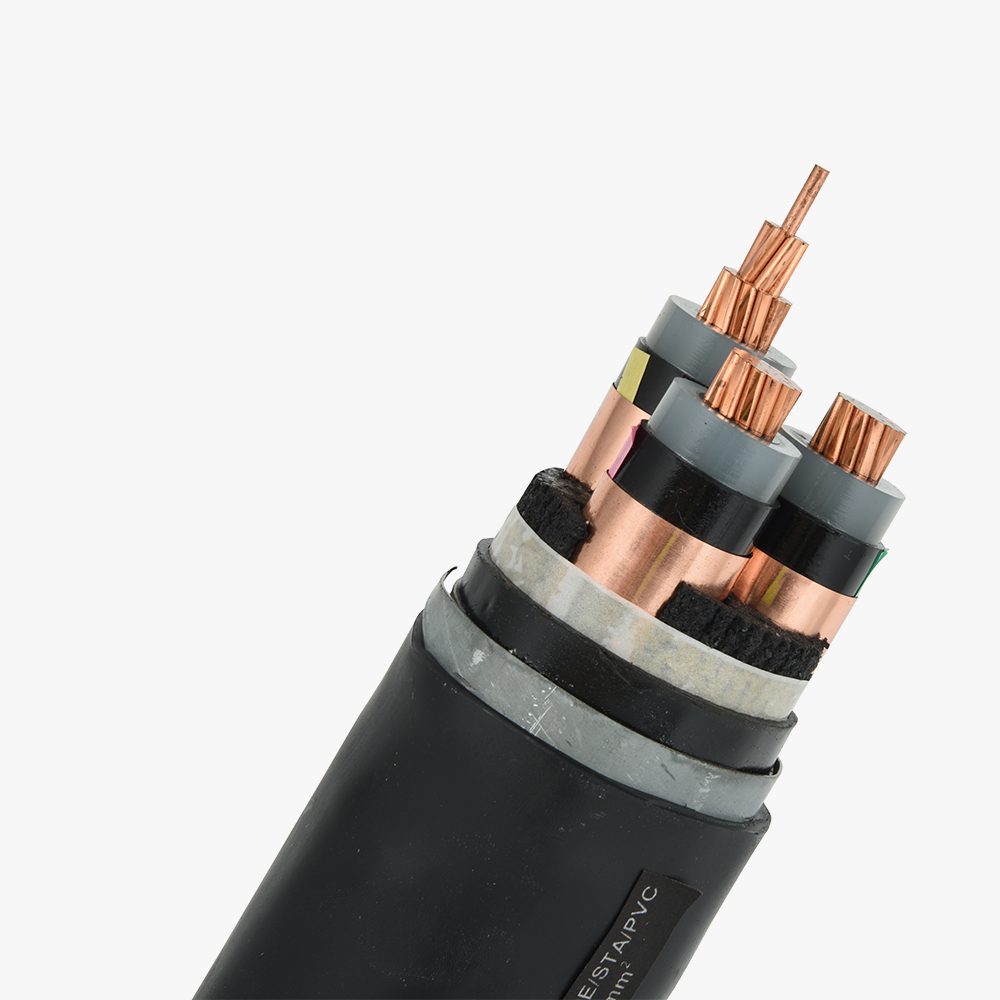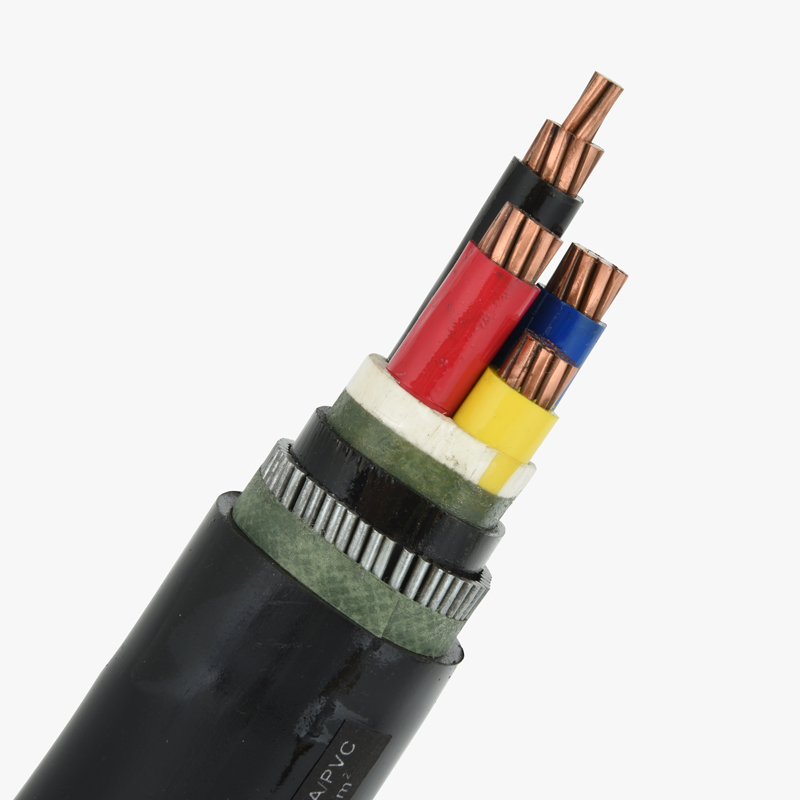Comparison of 7 Core Differences
Photovoltaic (PV) cables are engineered specifically for solar power systems and differ significantly from ordinary cables in multiple performance aspects. The following table outlines seven core distinctions:
| Attribute | Photovoltaic Cables | Ordinary Cables |
|---|---|---|
| 1. Temperature Resistance | -40℃ to +120℃ (long-term), peak 150℃ | -15℃ to +70℃ |
| 2. UV Protection | Excellent, designed for direct sunlight exposure | Poor or moderate, degrades under UV |
| 3. Conductor Material | Tinned copper (anti-oxidation) | Plain copper or aluminum |
| 4. Insulation Material | Electron-beam crosslinked XLPE/LSZH | PVC or basic XLPE |
| 5. DC Voltage Resistance | Up to 1500V DC | Typically ≤ 750V AC |
| 6. Flexibility | High flexibility for rooftop movement | Limited flexibility |
| 7. Environmental Certification | TÜV, RoHS, EN 50618 | General compliance (not PV-specific) |
Three Key Applications of Photovoltaic Cables
Photovoltaic cables are indispensable in the following applications:
- Solar Panel String Wiring: PV cables must endure continuous outdoor exposure, high temperatures, and high voltage levels in DC circuits. Their insulation resists degradation from UV rays and temperature cycling.
- Solar Farm Ground Arrays: Cables in these installations must be rodent- and weather-resistant, with long lifespans exceeding 25 years. Only PV-specific cables meet durability and safety requirements.
- Rooftop PV Installations: Constant mechanical movement due to wind and heat cycles demands highly flexible, weatherproof cables to avoid microcracking and short circuits—functions PV cables are designed for.
In all three scenarios, ordinary cables would pose significant risks including insulation failure, fire hazards, and shortened system life.
Cost-Benefit Analysis
Though PV cables may cost more upfront, their long-term reliability and reduced maintenance offer better value:
| Parameter | Photovoltaic Cable | Ordinary Cable | Result (10-Year Use) |
|---|---|---|---|
| Initial Cost (per km) | $1,200 | $800 | +50% higher |
| Average Maintenance Cost | $50/year | $300/year | Lower by 83% |
| System Downtime Risk | Low | High | Major revenue loss potential |
Typical Case: Loss Due to Using Ordinary Cables
In 2021, a rooftop solar system in Southeast Asia used standard PVC-insulated cables. Within two years, UV exposure and thermal cycling led to insulation cracking. This resulted in multiple ground faults and a fire incident, causing a complete system shutdown and $50,000+ in losses. Proper PV cables would have prevented the failure.
Customer Recommendations
For safety, durability, and long-term savings, always choose certified photovoltaic cables in any solar project. They’re not just an option—they’re essential.




